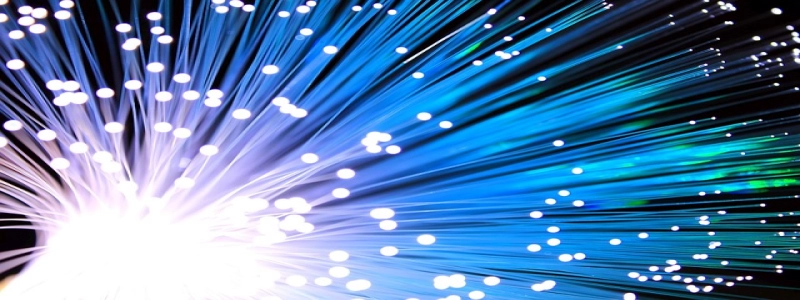ADSS Fiber Optic Cable
Wstęp:
ADSS fiber optic cable, also known as All-Dielectric Self-Supporting Fiber Optic Cable, is a type of optical cable used for outdoor installations. Unlike conventional fiber optic cables, ADSS cables do not require any metallic conductor for support. Instead, they are designed to be self-supporting, making installation easier and cost-effective.
I. Advantages of ADSS Fiber Optic Cable:
A. Lightweight and Flexible:
ADSS cables are lightweight and flexible, making them ideal for aerial installations. Their design allows for easier handling and faster installation compared to traditional cables.
B. Durability:
ADSS cables are designed to withstand harsh environmental conditions. They are resistant to UV radiation, moisture, and temperature variations, ensuring reliable performance even in extreme weather conditions.
C. Self-Supporting:
Unlike other fiber optic cables that require additional support, ADSS cables can be directly installed on existing power transmission lines. This eliminates the need for installing separate supporting structures, reducing installation time and cost.
II. Construction of ADSS Fiber Optic Cable:
ADSS cables consist of multiple components that work together to ensure efficient signal transmission.
A. Optical Fibers:
ADSS cables contain one or more optical fibers, which carry the data signals. These fibers are made of high-quality glass or plastic that provide low signal loss and high bandwidth capabilities.
B. Protective Layer:
Surrounding the optical fibers is a protective layer made of aramid yarns or fiberglass. This layer provides cushioning and strength to the cable, protecting it from external impacts.
C. Water-Blocking Elements:
ADSS cables are equipped with water-blocking elements such as swellable tapes or yarns. These elements prevent water ingress, maintaining the integrity of the cable even in wet conditions.
D. Outer Sheath:
The outer sheath of the ADSS cable is made of UV-stabilized materials that protect the cable from UV radiation. It also acts as a barrier against moisture and other environmental factors.
III. Applications of ADSS Fiber Optic Cable:
ADSS cables are widely used in various industries and applications due to their unique advantages.
A. Telecommunications:
ADSS cables are commonly used in telecommunication networks for long-distance data transmission. They can be installed on existing power lines, reducing the need for separate infrastructure.
B. Power Transmission:
ADSS cables are extensively used in power transmission lines for monitoring and control purposes. They provide reliable communication for real-time monitoring of power distribution, ensuring efficient operation of the grid.
C. Railway and Transportation:
ADSS cables are increasingly being deployed in railway and transportation systems. They enable high-speed data communication between different systems for efficient operation and safety.
Wniosek:
ADSS fiber optic cable is a versatile solution for outdoor installations, offering numerous advantages such as easy installation, durability, and self-supporting nature. Its construction and design ensure reliable signal transmission, even in challenging environmental conditions. With its wide range of applications, ADSS cables have become an essential component in modern infrastructure development.








